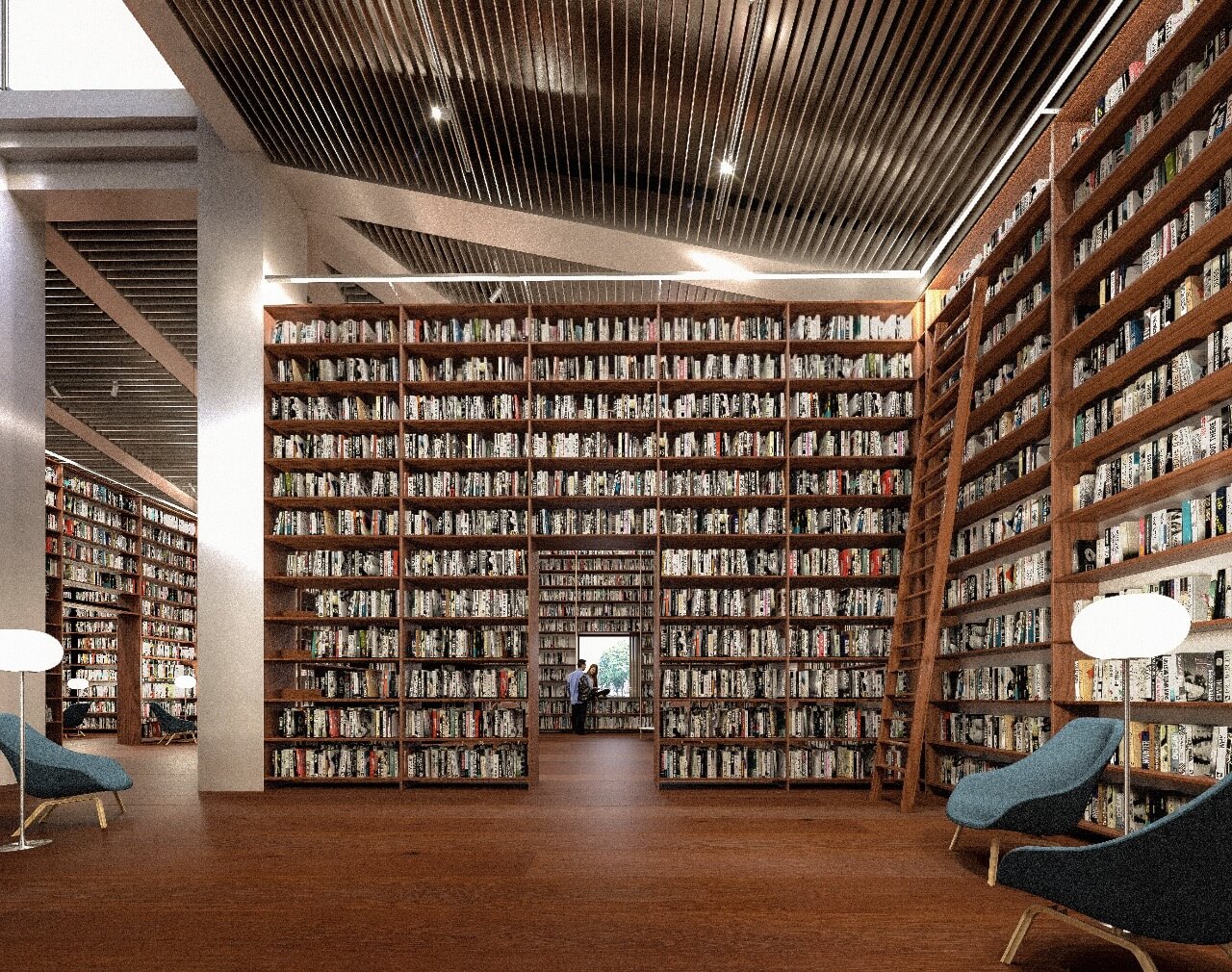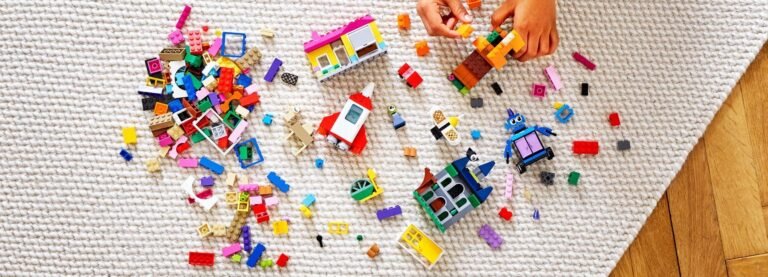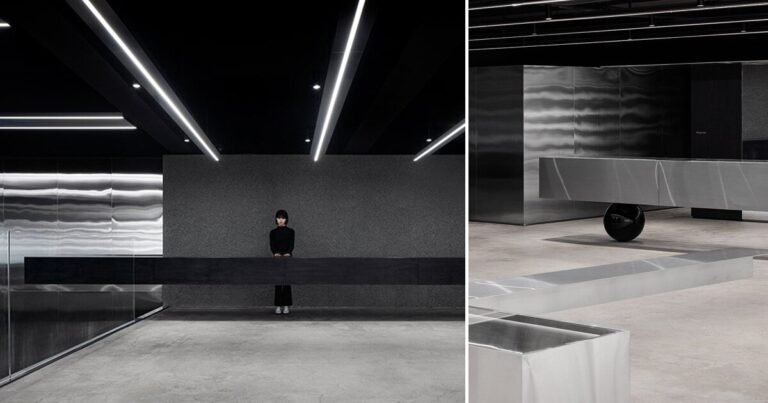At Moscow’s Garage Museum, SANAA will resurrect a historic hexagonal addition
Moscow’s Garage Museum of Contemporary Art is the latest big-name museum to announce a major expansion (sort of). This morning, the 13-year-old Russian institution announced that it had tapped Japanese firm SANAA to add another 102,000 square feet of exhibition and gathering space to the campus—not through a new addition, but by revitalizing a historic hexagonal pavilion nearby.
The Garage Museum moved to its current home in Gorky Park in 2015, into a boxy Soviet-era restaurant from 1968 that was wrapped in a new polycarbonate facade by OMA. But just a stone’s throw away, a hexagonal pavilion built for the All-Russian Agricultural and Handicraft Industries Exhibition in 1923, has lain dormant. Originally realized as the Machines and Tools (Mechanization) Pavilion and designed by architects Ivan Zholtovsky, Viktor Kokorin, and Mikhail Parusnikov, the pavilion and exhibition in Gorky Park were intended to showcase the strength of Russian agriculture and crafts and paint an optimistic vision of the future. While the show spun off successive agricultural showcases, the hexagonal pavilion itself was repurposed multiple times (into a restaurant and cafe, among other uses) in the decades since before being declared a landmark by the Moscow City Government in 1999.

Comprised of six soaring, double-height gabled halls, each flanked by single-story wings and joined by small single-story gallery spaces, the former Machine and Tools Pavilion forms an enormous hexagon that encloses a central courtyard. It was also the only exhibition space framed with concrete, whereas its experimental timber peers have long since rotted away. Now the conjoined hall will be restored, updated to modern standards, and rechristened as the Hexagon.
“Garage continues to champion work that is contextual, contemporary, and collaborative,” said art collector and co-founder of the Garage Museum, Dasha Zhukova, in a press statement. “The Hexagon, originally designed by legendary Russian architect Ivan Zholtovsky, will be revived by SANAA’s thoughtful and sensitive design, allowing Garage to ground itself in Russian history while expanding into the current global conversation. We want to ensure that our building reflects our ongoing inquiry into the function, purpose, and responsibility of the modern-day museum.”

Zholtovsky’s specific proportions will be preserved, as will the internal single- and double-height orientations within each. All of the six halls will be opened to the internal plaza (which will become open to the public) and stripped of exterior decorations; SANAA’s renderings show austere, metal-clad riffs on the neoclassical form, complete with slender multistory colonnades.
So, what will the Hexagon contain? Two new exhibition galleries are planned for the pavilions, while another will be added to a new subterranean level. A new cafe, library, and bookstore are also in the works. The additional space will allow the Garage Museum to expand the types of Russian and international contemporary art it can display even further.

As for sustainability, noting the brutal winters and harsh summers the annex will face, SANNA will use large sheets of high-efficiency glass backed by semi-opaque blinds or curtains to allow natural light to illuminate the pavilions. A geothermal system that will provide up to 50 percent of the addition’s heating needs in winter is also planned. Local firm Buromoscow will serve as the architect of record.
“When we were invited to work on the Hexagon, we immediately began to think about whether we could somehow preserve the original layout and proportions,” said SANAA cofounders Kazuyo Sejima and Ryue Nishizawa in a joint statement. “And whether we could create something that everyone would use. Garage has always had a strong focus on the architecture of public spaces and their history, and this is very much in line with our practice. The Hexagon has a particular charm and we have tried to retain that in our design.”
“We preserve the form and organization of the original building,” they added this morning, “but back in 1923, the six pavilions were open-air. A big challenge was how to keep this feeling in the new building. One example is the use of large clear windows so that visitors inside and outside could feel some connection. The design of the facade, envelope, and structure was complex but carefully balanced to achieve this.”

No project cost or estimated date of completion for the Hexagon has been made public yet.




